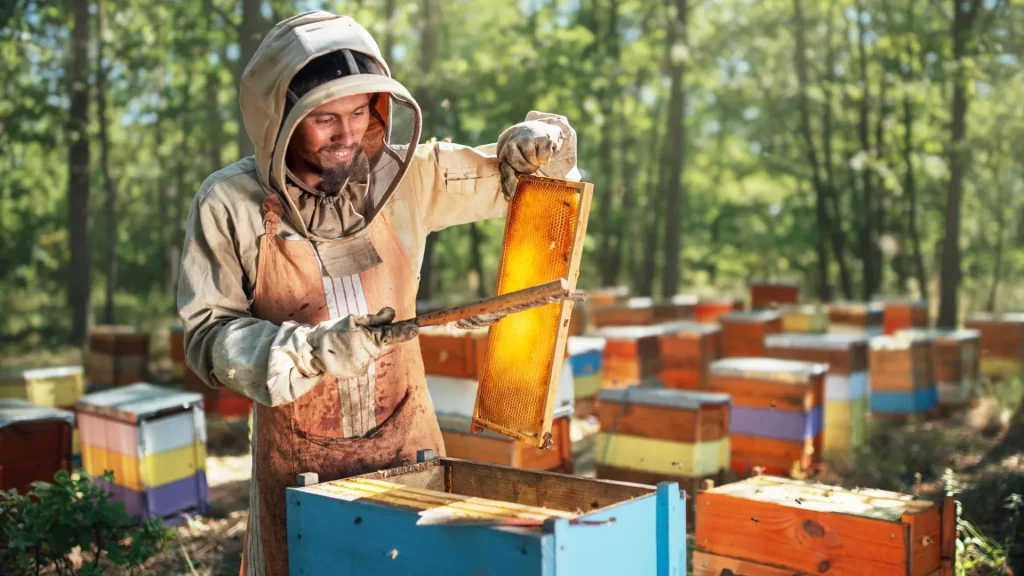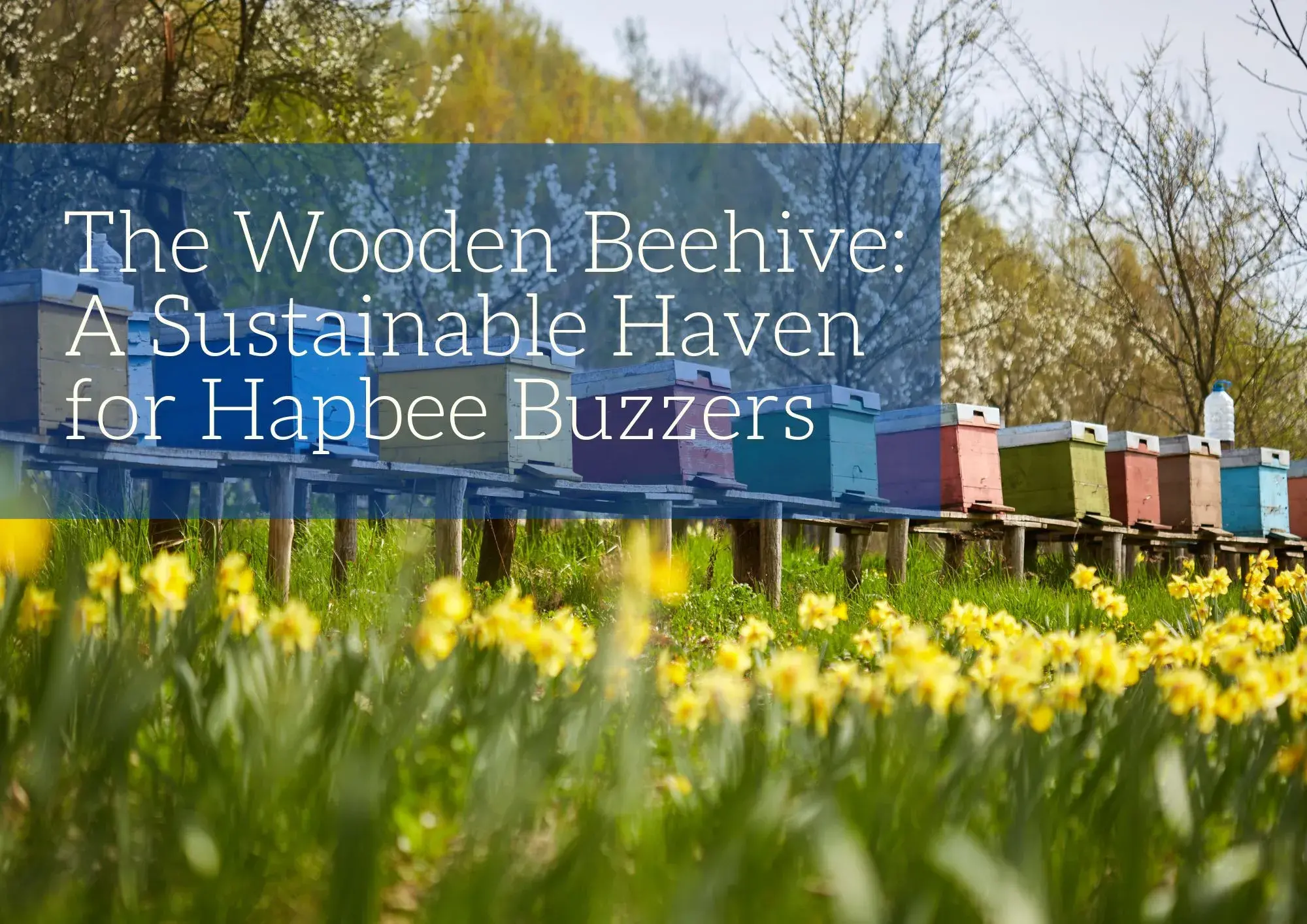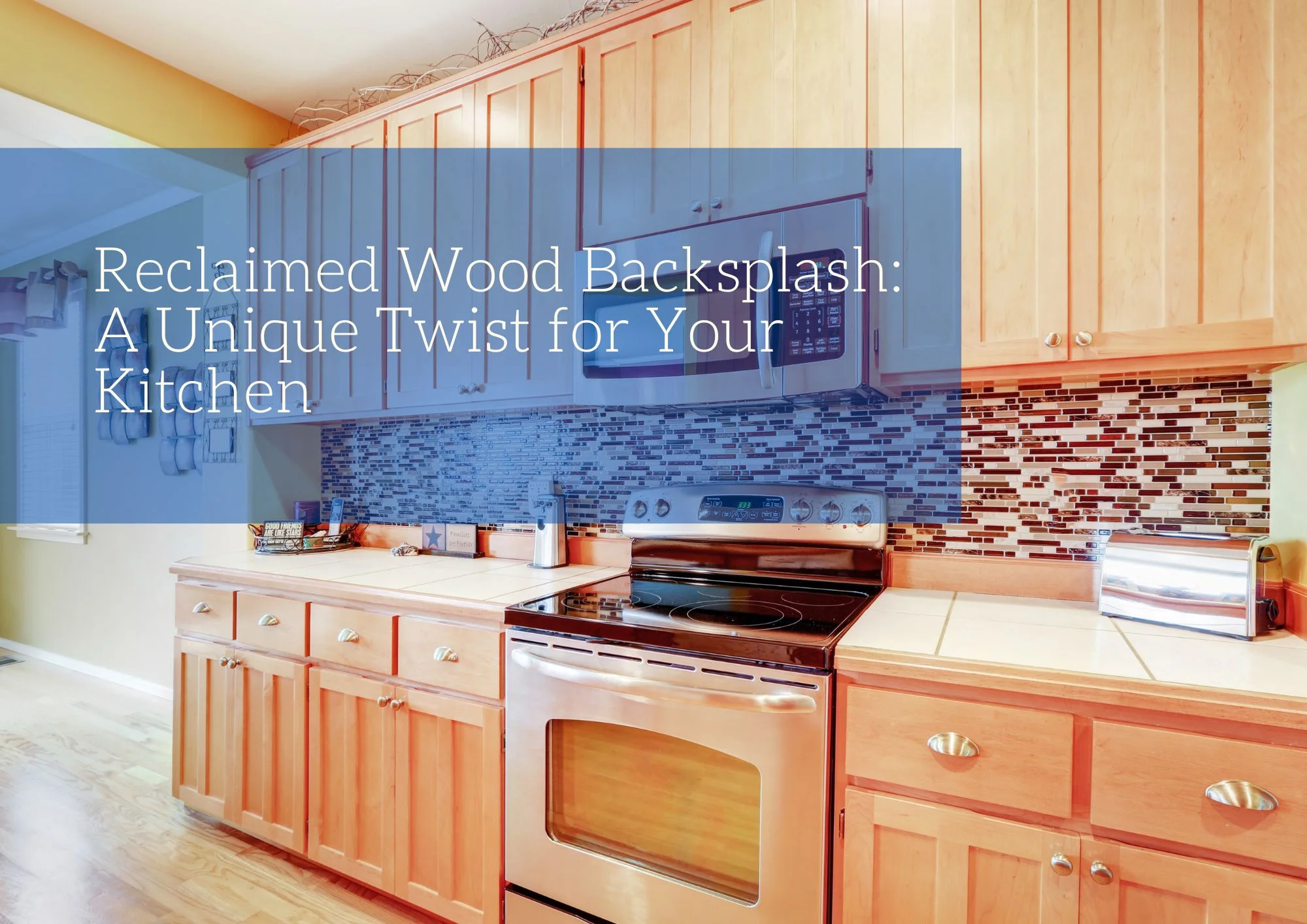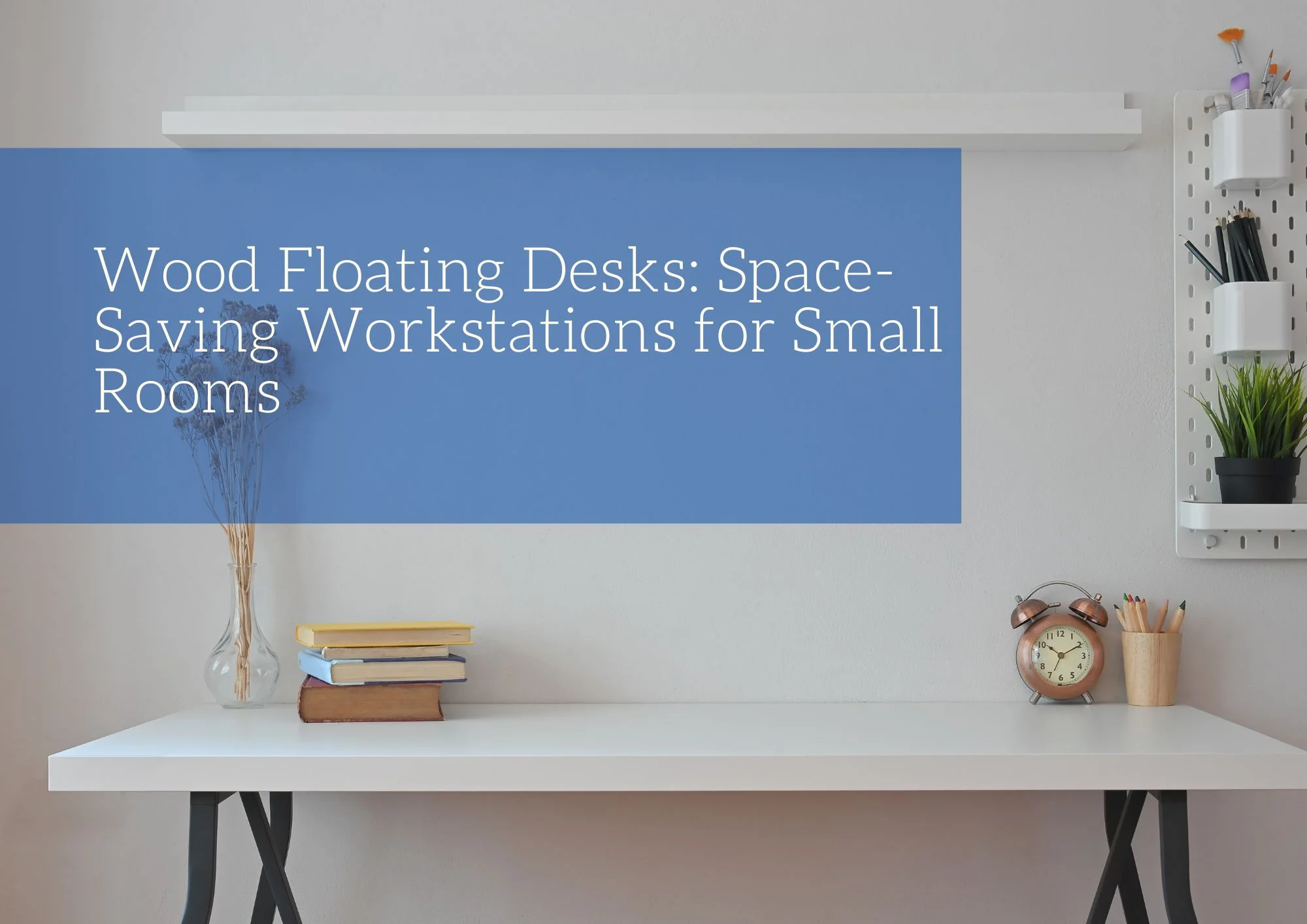Wooden beehives have been the standard among beekeepers for hundreds of years. These beautifully crafted buildings are popular with beekeepers because they provide a safe space for our buzzing friends as well as giving other benefits.
This blog will share information about wooden beehives, including their advantages, types, upkeep and care, environmentally friendly methods, and newest designs. So on with your gardening gear and let’s get going!
Advantages of Wooden Beehives
Decorative wooden beehives protect bees from severe temperatures. They have sufficient insulation for bees to continue making honey in harsh conditions. They also help bees avoid shocks. Keep in mind that anxiety reduces honey output, that’s why a calm wooden house is recommended.
Beekeepers who value their beehives prefer natural wood. Ventilation allows bees to build frames and start new hives in a natural environment. In addition, solid hardwood beehives are made of durable wood that can last decades.
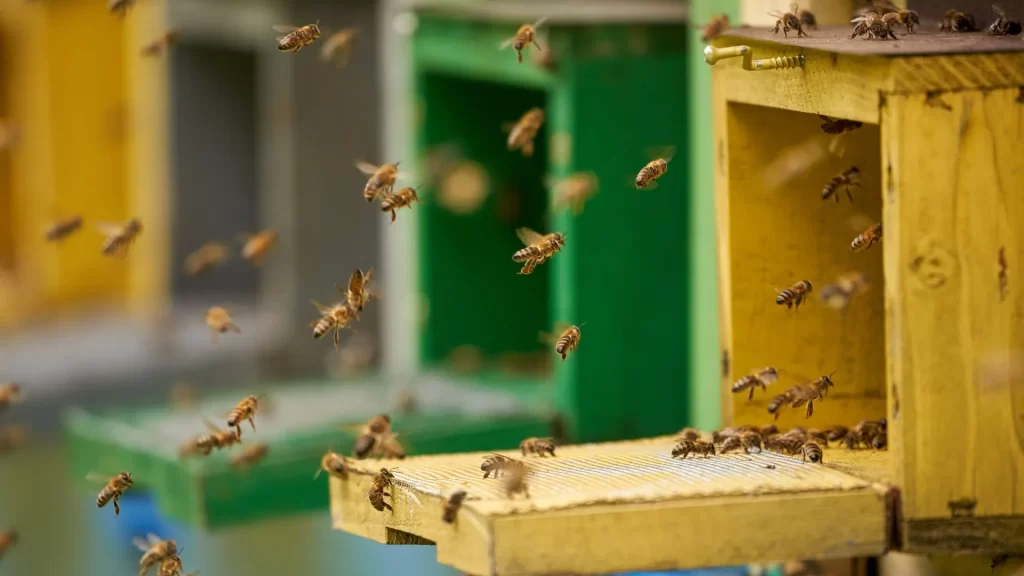
Commonly Used Types of Wood for Beehive
Every kind of wood is different, and knowing these nuances is especially important when building beehives. Choosing wood types that are both long-lasting and not easily infested by insects is important for getting the best possible results. Natural resistance to rot and insects makes cedar and cypress popular building materials.
Acquiring the wood, on the other hand, needs to be done in an eco-friendly way so that wild forests aren’t damaged.
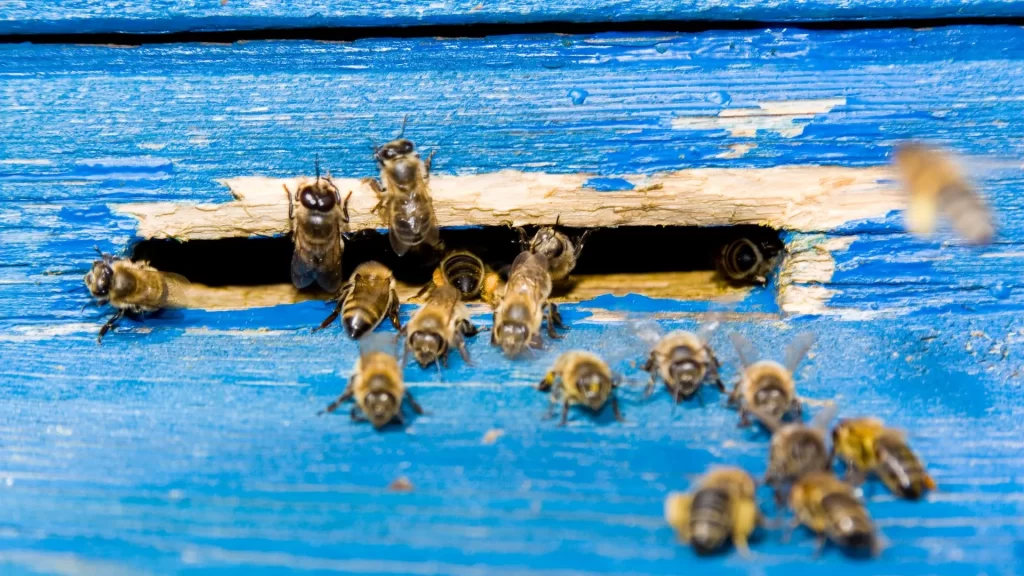
3 Sustainable Practices for Wooden Beekeepers
Wooden beekeeping can be made even more sustainable by adopting certain practices that support the environment and ensure the well-being of pollinators.
Promoting Native Flower Growth
Support the growth of flowers and plants that grow naturally in the area where you keep bees. Native flower sources give bees a wide range of healthy foods to eat. Thus, herbicides and pesticides should not be used near the hives because they can hurt both the bees and the plants they need to survive.

Avoiding Pesticides and Harmful Chemicals
If you want to be a responsible beekeeper, don’t use chemicals that are bad for your bees or for the earth. Explore organic ways to get rid of pests and promote organic farming methods that put the health of bees and the environment first.
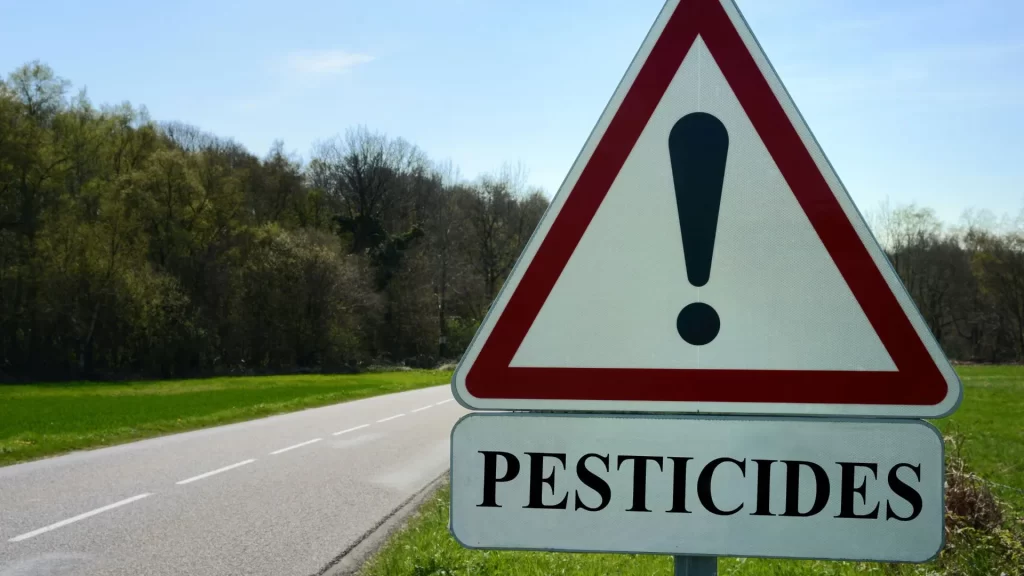
Supporting Biodiversity and Healthy Ecosystems
Incorporate actions that promote yhe survival of ecosystems and endangered species. Making bee-friendly habitats, planting a range of flowers, and reducing the damage to natural landscapes are all very important ways to keep the delicate balance of our ecosystems. In addition to feeding your bees, this helps protect the world as a whole
Innovations in Wooden Beehive Design
With the help of modern technology, devices and tracking systems may now be added to wooden beehives which indicate colony health, temperature, humidity, and honey production. These advances let farmers safely monitor their bees, even from a distance.
For beekeepers with limited space, vertical hive systems like the Warre Vertical System or Hex Hive are effective. These layouts let you fit more hives in a smaller space. Foam or cork-insulated bee hives keepout excessive heat and help maintain the appropriate temperature.
Wooden beehives are ideal for beekeepers who want to keep their beehive healthy. Benefits of wooden beehives include good insulation, stress reduction, natural materials, and aesthetics. Sustainable practices, appropriate maintenance, and new designs can help preserve our buzzing habitats and bees. Let’s start using wooden beekeeper boxes together to create a happy habitat where honeybees may thrive and pollinate for decades to come.
